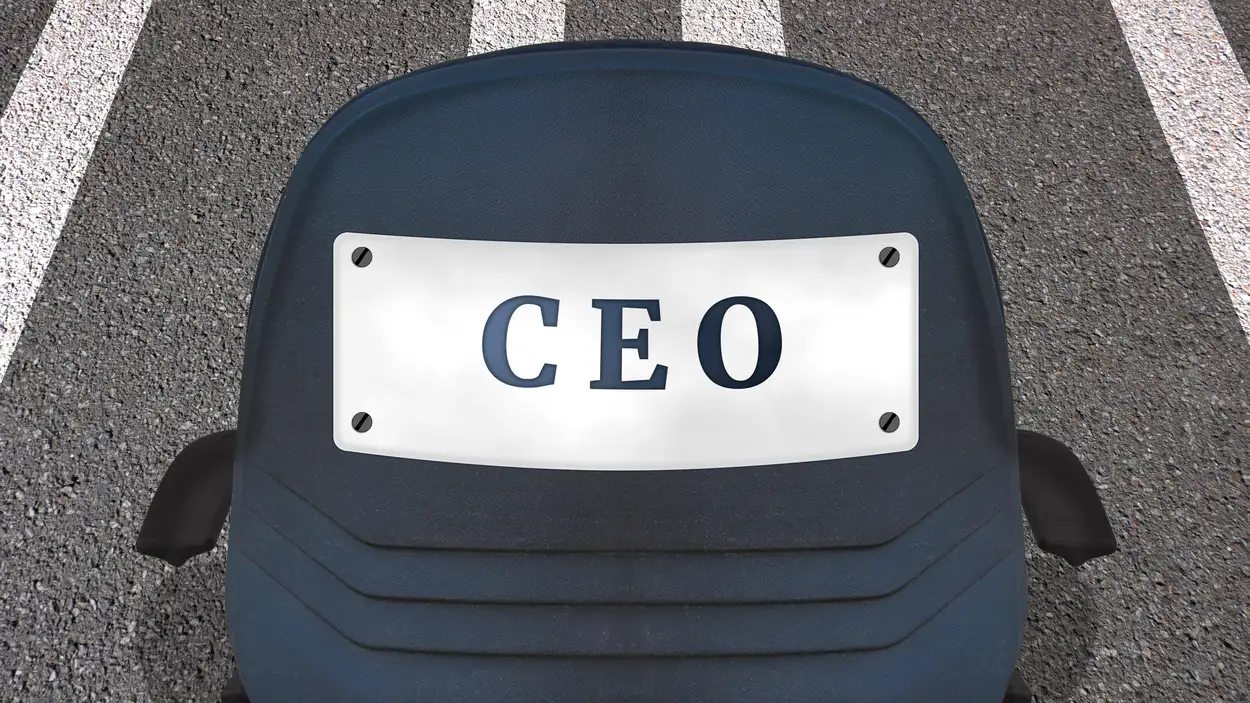American writer Elbert Hubbard once said, “One machine can do the work of 50 ordinary men. No machine can do the work of one extraordinary person.”
The expectations of companies and leaders have shifted drastically. In the past, businesses were benchmarked against their ability to generate revenue growth. Today, investors, workers, and consumers are more concerned about how corporations and CEOs engage with the rest of the world—their environmental impact, social contributions, and supply chain management.
As India confronts another phase of lockdown-like conditions, the hope of emerging from the adversities of the preceding lockdown has taken a hit. CEOs in India have toughened up and rely on their resilience while being surrounded by diminishing emotional strength. With the pandemic affecting everyone—directly or indirectly—returning to organisational growth may seem like a distant dream. Recovery of businesses will demand CEOs to essentially reset not only their own mindset but also percolate it across the organisation to balance the overall goals.
CEOs today must shape their business strategy with effective and sustainable execution. The expectations for CEOs have been fundamentally altered. CEOs must be aligned with their board and vertical heads—bearing in mind what is possible, giving attention where needed and guiding the company to a sustainable future—all while keeping the purpose and vision of the organisation in mind.
Given the changed landscape, to leapfrog their competition, CEOs need to:
Be preachers of organisational purpose: CEOs must provide strategic direction and define a unique value proposition. Cultivating a culture of innovation starts from the top—the ability to look beyond the present, overcome obstacles, and lead a team to a collaborative success.
Assemble a diverse leadership team: In the past, leaders were hand-picked for their academic excellence. The siloed competitive nature of our Indian ecosystem led to excellent, intelligent, and best-of-breed leaders entering the workforce. In addition to academic merit, CEOs must expand their horizons and tap diverse leaders irrespective of distance, differences, and expertise. Leadership evaluation needs a rehaul—changing the focus from solely evaluating the individual to the leader’s contribution towards the organisation as a whole.
Build collaborative teams: In a time when employees are working apart, individuals default to solving problems alone. CEOs must treat leadership and the organisation’s talent as financial capital and assets. It is also critical to redefine the value of human capital and the intervals at which it is measured. The CEO is responsible for cultivating a collaborative environment, despite having workers in remote locations. They should encourage dialogue and lead teams towards a unified purpose. By encouraging dialogue and debates, the CEO benefits in better-informed decisions and delegation.
Eliminate noise: Eliminating bureaucracy and siloed leadership is critical to empowering people and a shift from a ’say‘ to a ’do‘ paradigm.
A CEO survey revealed, while 64% mobilise action based on compelling ambition and purpose, 36% execute strategies by experimenting and innovating to create new growth engines and reinvent existing businesses ahead of the market.
Put customers at the centre: Customers’ needs have changed over the past year, challenging leaders to refocus the entire value chain on speed-to-market or time-to-value. While identifying customer needs, tactics such as social listening and challenging assumptions remain at the core. Implementing an end-to-end approach for customer journeys will be key to selling broader solutions in a hybrid (face-to-face and digital) environment.
The CEO has taken on a new role—to not only be strategic, but also to inspire. In these uncertain times, the responsibility of motivating the workforce to look for different ways to do things, asking hard questions, and connecting with customers will fall upon the CEO.
CEOs cannot be bogged down by productivity and cost. A hesitant CEO could risk losing buying power. The CEO must choose between operations at a cost, operations at any cost, and prioritise investment. Ultimately, the growth narrative must be at the fore.
Views are personal. The authors are partners at Heidrick & Struggles, a global executive search firm.









